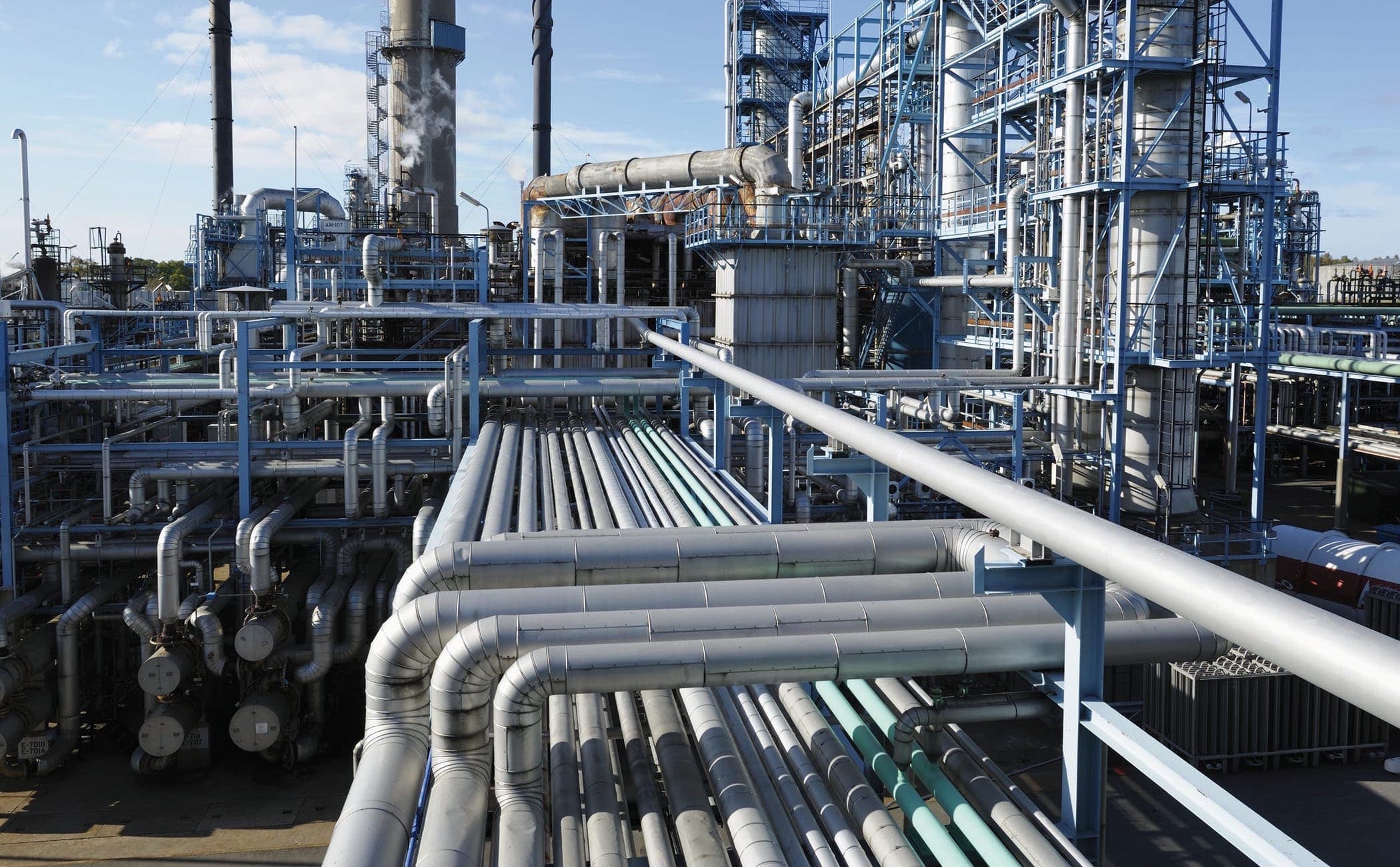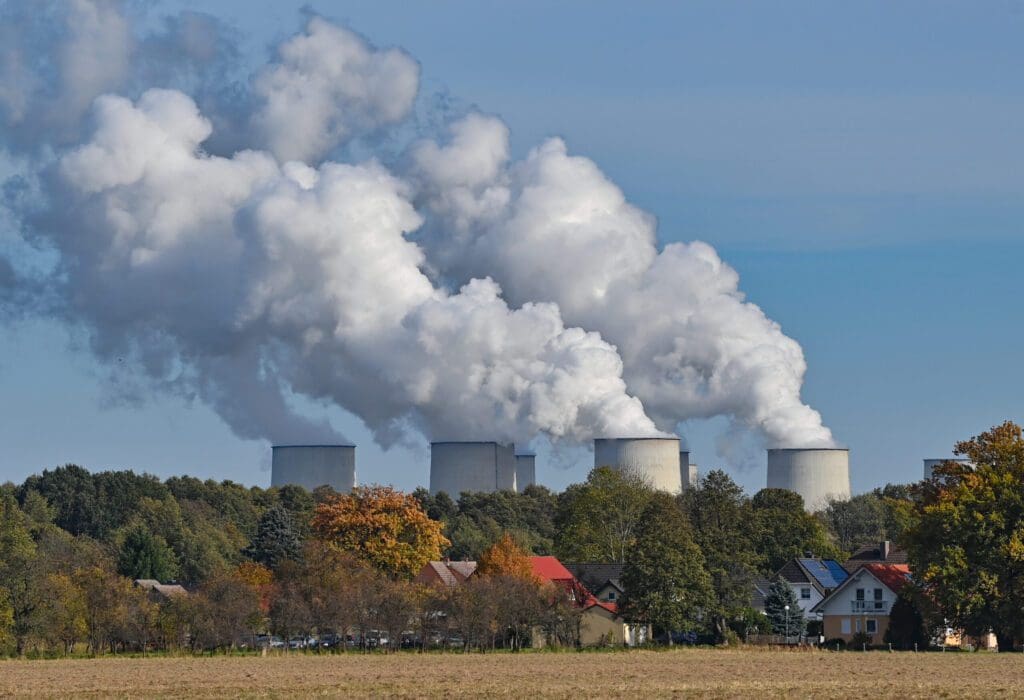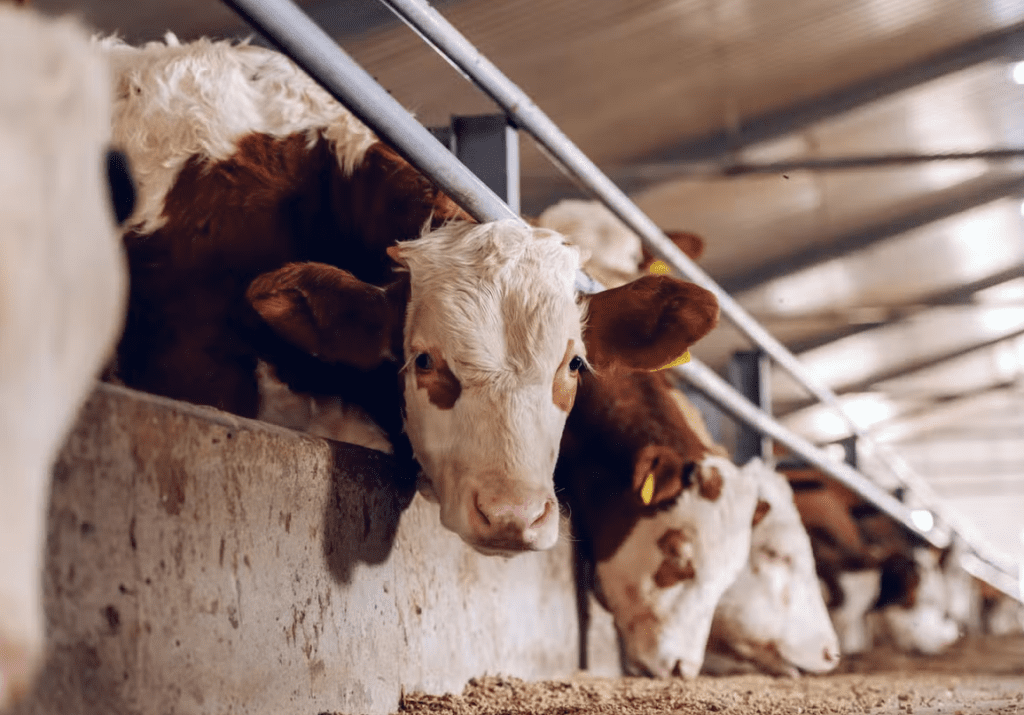

Why Is Gasoline So Expensive? Lack of Refining Capacity
The price of gasoline (petrol, to us Britons) has reached record highs in both Europe and the U.S. Americans are now paying almost $5 per gallon at the pump, compared to half that amount at the start of 2020.
Two major reasons for these price spikes are well known. First: OPEC slashed production during the pandemic in response to cratering demand, and hasn’t yet boosted output to pre-pandemic levels. Second: sanctions against Russia, as well as self-imposed restrictions on some exports, have reduced total oil production and fuelled uncertainty in the global market.
Okay, if the supply of oil is down, but demand is back up, then all we have to do is pump more oil, and the price of gasoline will fall – right? Not so fast. There’s an additional reason why the price of gasoline is so high: lack of refining capacity.
In simple terms, the way the oil market works is as follows: producers pump oil out of the ground; they then send it to refineries, which ‘crack’ the oil into gasoline, diesel and jet fuel; these refined products are then sold to the market. Which means that – regardless of how much oil is actually produced – the supply of gasoline is limited by refining capacity.
As commodities analyst Javier Blas notes, we can tell that refining capacity matters by looking at the ‘crack spread’ – the difference between the price of crude oil and the price of refined products.
In January of 2020, crude oil was trading at $65 per barrel, while the price at the pump was $109 per barrel. (To get the price at the pump ‘per barrel’, you simply multiply the price per gallon by 42.) As of today, crude oil is trading at $122 per barrel, while the price at the pump is $209 per barrel. This means the ‘crack spread’ has increased from $44 per barrel to $87 per barrel. (Note: there are more appropriate measures of the ‘crack spread’; I used this one for ease of explanation.)
Since the end of 2019, global refining capacity has dropped by about 2 million barrels a day. Why?
Dozens of refineries in the U.S. and Europe were shuttered during the pandemic – when they were simply not profitable to operate. And while new ones have been built in China, “that capacity is effectively out of reach of the global market”, Blas tells us.
So why don’t we just build more refineries, or reopen the ones that are closed? It’s not quite that simple, as both of these things take time. And in any case, companies are reluctant to make the costly investments that would be required to meet new environmental regulations.
The upshot is that even if Biden manages to persuade the Saudis to pump more oil, the price of gasoline is unlikely to fall dramatically any time soon.






